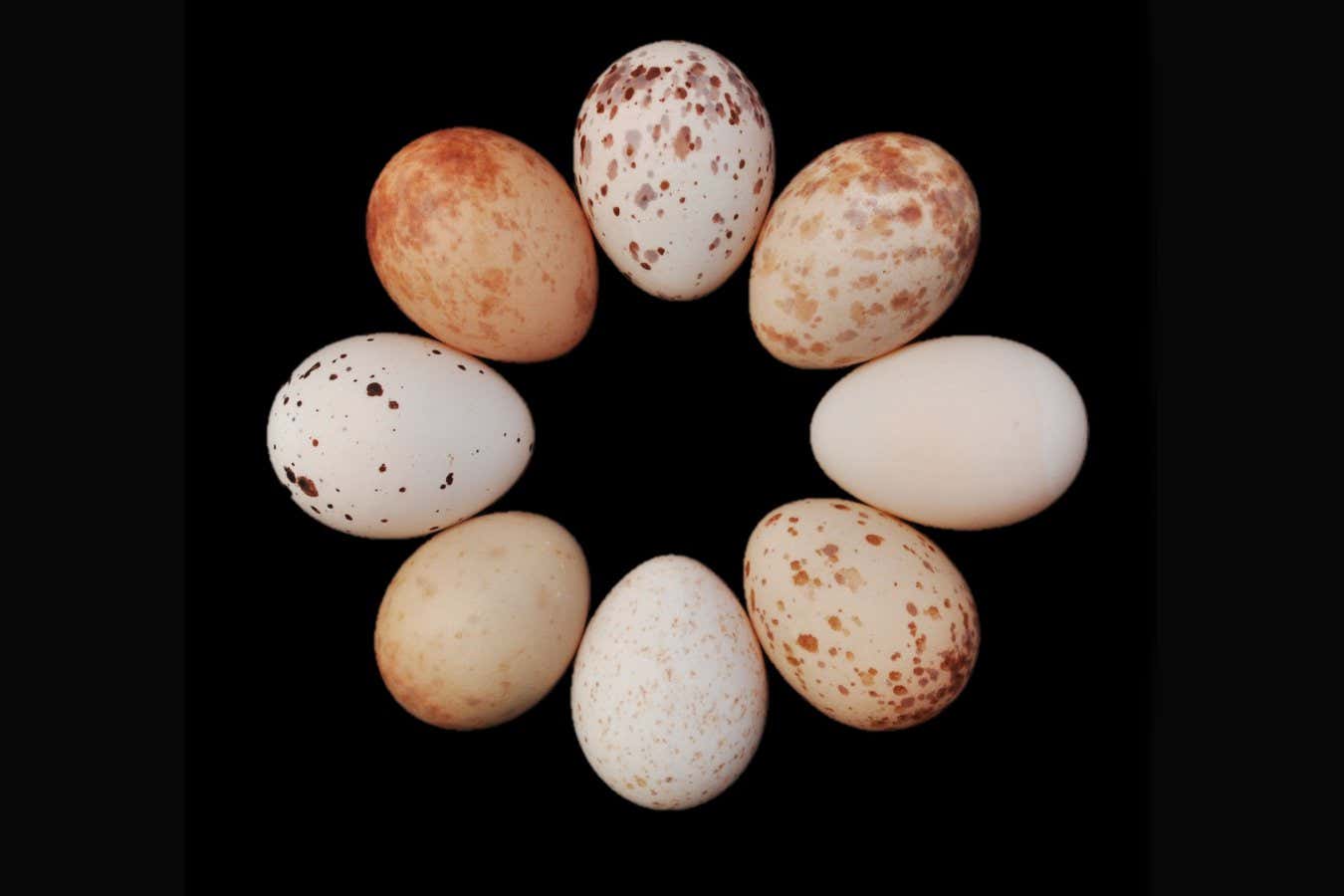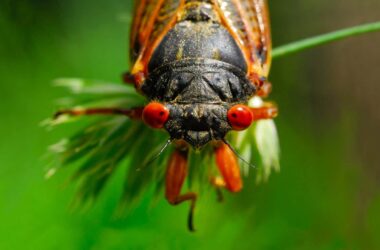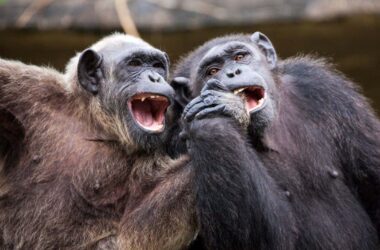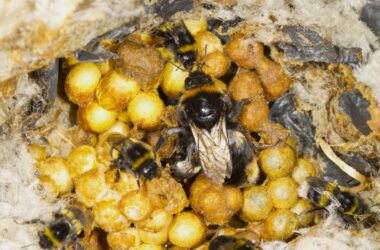Cuckoos are notorious for infiltrating the nests of other bird species and laying their own eggs. However, drongos have evolved a unique way to protect themselves from this deception. They have developed the ability to recognize the distinct patterns on their own eggs, which allows them to reject up to 94% of cuckoo eggs.
African cuckoos, specifically the species Cuculus gularis, lay a single egg in the nests of fork-tailed drongos (Dicrurus adsimilis). They remove one of the drongo eggs and replace it with their own to maintain the original clutch count. If the cuckoo egg hatches and the drongo eggs remain, the young cuckoo will push the other eggs out and become the sole charge of the drongo parents.
Researchers led by Jess Lund from the University of Cape Town, South Africa collected 192 eggs, including 26 laid by cuckoos, from drongo nests in the forests of southern Zambia. Using advanced image-analysis systems, they found that the eggs from both species looked very similar in terms of color, markings, size, and shape. However, they discovered that individual drongo eggs had unique variations in their coloring, ranging from unmarked to speckled, blotched, and dark-pigmented. Each female drongo had her own distinctive pattern of marks on her eggs, serving as a signature that likely helps them recognize impostor eggs.
Interestingly, cuckoos also have variability in their eggshells, but they do not specifically choose drongo nests that have eggs with similar patterns. Lund suggests that the likelihood of finding a nest with a matching pattern is quite low due to the high variability. So, cuckoos seem to select nest sites at random.
In order to test the drongos’ ability to distinguish their own eggs from impostors, the researchers swapped eggs among drongo nests. They intentionally chose similar-looking eggs, unlike what naturally occurs in the wild, to better understand the features that trigger rejection by drongos. Even under these controlled conditions, female drongos rejected 76 out of 114 intruder eggs, resulting in an adoption rate of only about 33%. This rejection behavior demonstrates the effectiveness of evolution in creating high rejection rates, as raising a cuckoo chick is costly for the drongos.
Further analysis of the characteristics of the rejected and adopted cuckoo eggs, in relation to the drongo’s unique egg pattern, revealed that the drongos consider multiple color and pattern aspects to recognize intruders. The researchers then created a computer model based on this information to predict the rejection rate of foreign eggs by drongos in real-world conditions. The model estimated that only 6.3% of African cuckoo eggs would successfully be adopted into a drongo nest.
If these predictions hold true, it means that female African cuckoos may only produce two living offspring throughout their entire lifetimes. This highlights the remarkable ability of drongos to outsmart cuckoos and protect their own species.
Insights:
- Drongos have evolved a highly effective strategy to recognize and reject cuckoo eggs by developing unique patterned marks on their own eggs.
- Even though cuckoos have variability in their eggshells, they do not specifically choose drongo nests with matching egg patterns.
- The rejection rate of intruder eggs by female drongos is remarkably high, indicating the effectiveness of this evolutionary defense mechanism.
- Drongos consider multiple color and pattern aspects to identify impostor eggs and have a remarkable ability to distinguish them from their own.
- The findings suggest that female African cuckoos may have very low reproductive success due to the high rejection rate of their eggs by drongos.








